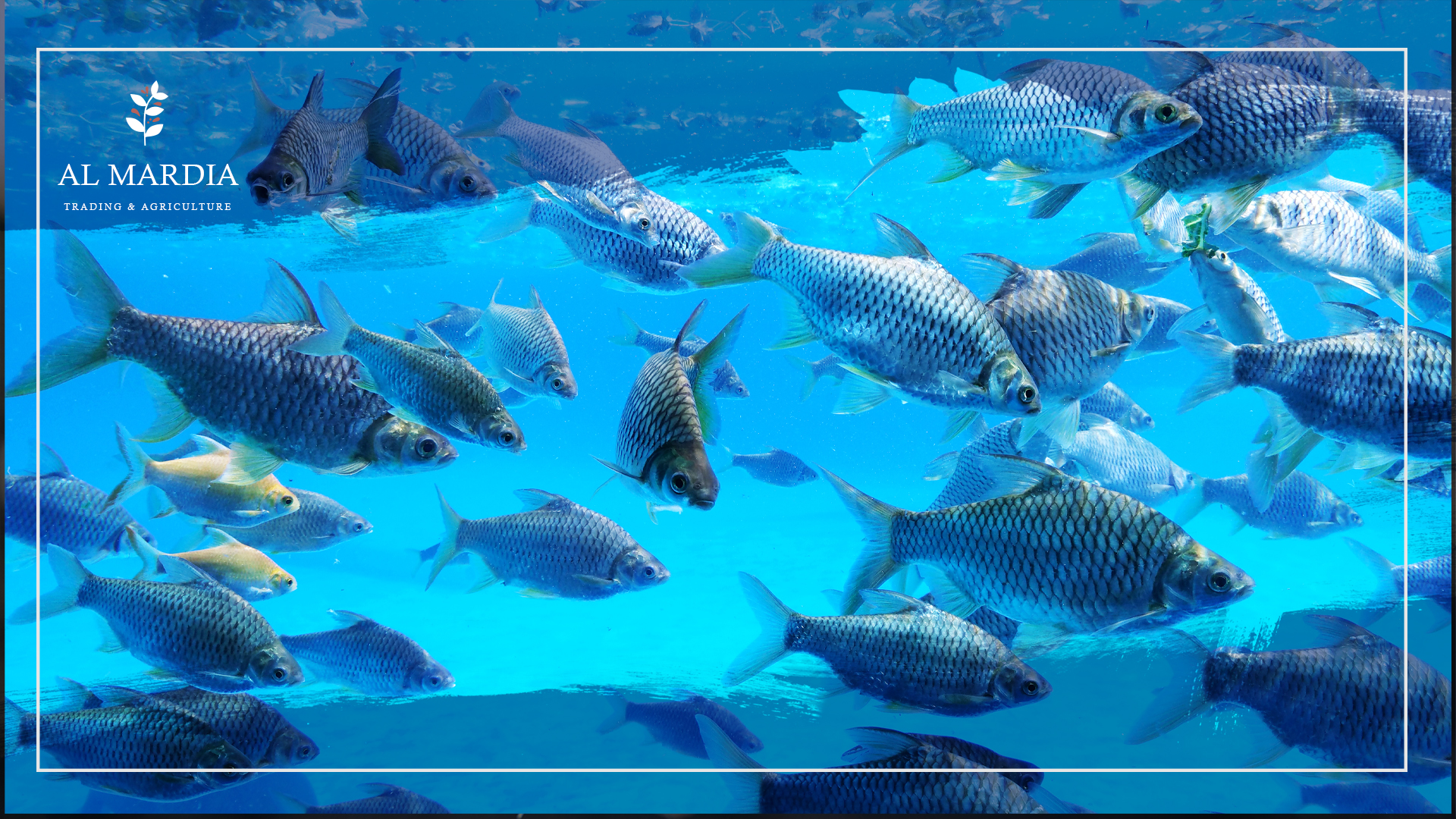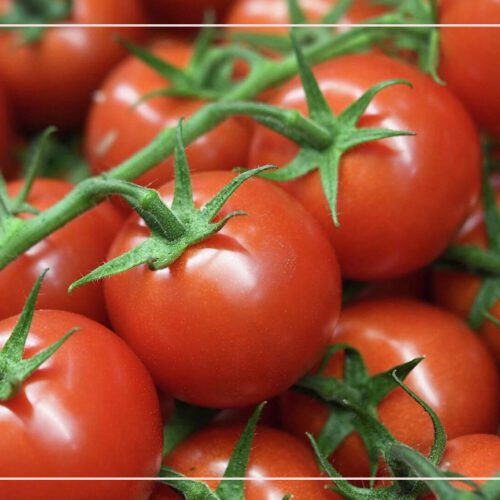
In The Future Of Aquaculture
What is the importance of fishing?
Fish are considered a rich source of protein, and it’s essential in most of our diets due to the great nutritional values like Omega-3 phosphorus and protein they provide. However, most of the captured fish are used for other purposes rather than nutrition and the food industry. A general overview about the future of aquaculture is provided in this article.
Aquaculture is farming fish and other aquatic living things like mollusks, crustaceans, and even aquatic plants.
The strong need to increase fish production was the main reason behind the appearance of aquaculture.
Problems of fish production:
The quality of water represents one of the most important priorities to protect the health and subsequent growth of fish. Fish growth and regeneration are widely affected by biological, chemical, and biochemical factors.
Biologically, the species of fish being reared, the maturity and size of the fish, their reproduction abilities, and the presence of enough oxygen are basic factors that affect the production process.
Physically, Appropriate consideration must be taken for water parameters such as velocity, temperature, conductivity and solids concentration. Chemically, while assessing water quality, it is important to consider the pH level, alkalinity, hardness as well as the presence of ions (dissolved metals and nutrients) in the water. It’s common to consider each one of the factors by itself and that’s not enough.
“To run a successful farm you must learn to recognize the net effect of these biological, chemical, and physical factors on fish production and growth are all correlated.”
-
Future of aquaculture is at stake:
Aquaculture is the fastest-growing food production sector in the world, which is the result of seafood being one of these rare types of food that is very useful to humans and at the same time easily scalable in production.
With the help of new technology like artificial intelligence and microscopic fungi, almost every country with access to the sea will be able to solve the issue of its own seafood shortage.
People have been going fishing for ages but in the last century it was different; fishing has become widespread in a way that hundreds of marine life species have become in danger.
According to the International Union for Conservation of Nature, more than 90 species of fish including sharks rays, and other cartilaginous fish are at serious risk.
-
The challenge of high cost:
Fish farms don’t require a lot of money for capital expenditure. The construction of facilities, the purchase of equipment, and the first consignment of fish, but the operating costs like the purchase of feed, the constant purification of water, and the treatment of fish. The elimination of technical problems is very high.
Related topic: How to start a fish farming business?
Technology is the solution:
In order to save the aqua life, aquaculture has begun to actively develop processes of breeding all types of marine organisms suitable for food. It would help to save many species from extinction as well. With this process, we can help to slow down the disappearance of many lives but not stop it.
“With the new technology, the disappearance of the rare marine life can be completely stopped.”
Sea farms help to grow all types of seafood. However, most require fish, shellfish, and several organisms to provide food. One of the ecological problems happens when companies and people heavily buy some specific kind of fish to grow another kind.
For example, the Norwegian companies that use huge piles of Sardin only to grow Salmon lead to a vicious loop.
Aquaculture helps save some species from extinction but unfortunately they massively consume other species of marine life.
-
Two problems, one sustainable solution:
One of the best solutions was suggested by an agricultural company. The work was to develop a process for growing fungi on industrial waste, solving two problems at once. They dispose of waste and get a high-quality product that would be perfect as a fish food.
This idea is still under study and it needs many testing processes. But as long as it can be applied, the main problem of aquaculture and the increasing demand for marine organisms for feeding will be solved in the coming years.
-
Creative solution:
To solve problems related to the limitation in space and resources, some aquaculture groups in Singapore began building the first vertical eight-story fish farm. Vertical construction is attributable to the lack of land for more farms.
To increase efficiency, the company introduced several innovations. The first is the aqua deck system which is an automatic water renewal system on the farm. After the water becomes contaminated, the aqua deck system pumps it out. Then, it runs it through special purification filters, and then sends it back to the farm.
These significantly reduce the operating costs of water replacement and the maintenance of workers.
Future prospects in fish farming:
Another innovation is the electronic inventory system. This technology allows real-time inventory and data sharing with all stakeholders, purchasing departments, technical staff, and sales managers.
Determining the precise water requirements, state of water, and feed dosage (down to a single gram per cubic meter of water) is viewed as the most suitable method. This approach not only allows us to grow fish in a shorter period but also output them in sizes that meet the demands of the market.
You can now check the full list of Agricultural Products
produced by Almardia Group
Common Questions:
-
Which country is No 1 in fish production?
China is the first country responsible for 40% of the total production.
-
How does fish production affect the environment?
The organic waste formed beneath fish farms might build up affecting the flora and the fauna in the surrounding area. This effect unfortunately could reach the underground water.
-
What is the largest fishery in the world?
Peruvian anchovies form huge groups. Commercial fisheries make Peruvian anchovy the largest fishery, by size, weight, and the number of individuals.





